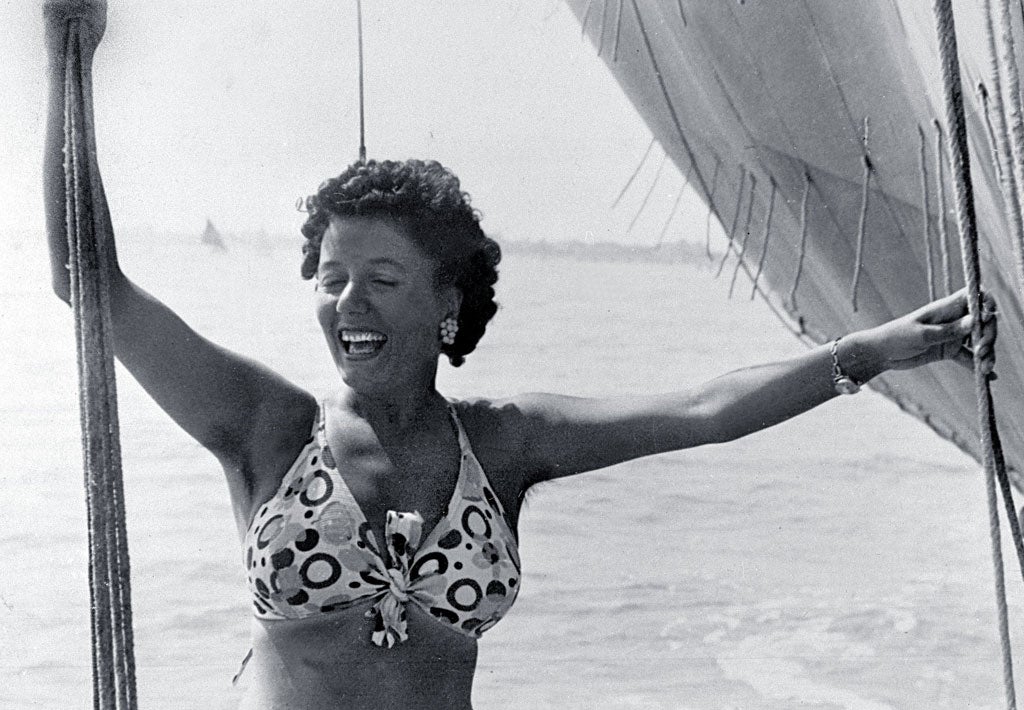Il Duce And His Women, By Roberto Olla, trans. Stephen Parkin

Il Duce And His Women is another biography of one of the most controversial figures in European history: Benito Mussolini. The facts of his life are familiar: from his humble origins (his father was a blacksmith) to his brief socialist phase, then the founding of the Fascist Party with which he created a coalition government and became Italy's prime minister in 1922. Mussolini then appointed himself dictator – calling himself Il Duce, "The Leader". He and Claretta Petacci – his companion of the time – were shot on 28 April 1945 by the Italian Resistance after leading Italy to a disastrous defeat. Their bodies were hung upside down on Piazzale Loreto in Milan.
He was a vain, muscular man, keen on sports and very conscious of his image – which he cultivated with great care. Apparently, women who saw the real Mussolini failed to recognise him; one allegedly even protested to her friends: "That can't be Il Duce, he is far more handsome than that!"
Many past biographers have highlighted the obsession with his image but the novelty of this book is its bringing together of the facts and the myths through Mussolini's passion for women. Such passion was born of the need to be admired and desired, which also influenced many of his political decisions.
Roberto Olla, a journalist with the Italian state TV channel RAI, decided to explore unpublished sources. He used sections of the private diaries written by Petacci and another lover, Margherita Sarfatti. The most central women in his life were his two wives Ida Dasler and Rachele Guidi, and he had many, many occasional or longer-lasting lovers.
Sarfatti and Anna Mikhailovna Kuliscioff (née Rosenstein) were both liberal thinkers and promoters of the arts. Alice De Fonseca Pallottelli helped to raise funds for the Fascist cause abroad, particularly in London, where she used to see Mussolini for romantic encounters. Petacci, his long-term upper class partner, was frivolous and not academically gifted. However, she kept a punctilious diary, full of indiscretions. Like a modern Salome, she insisted that Mussolini should have his son-in-law – Galeazzo Ciano – executed as a traitor, and saw her wish come true. She also made notes of her lover's comments and innuendos about their love-making. Unsurprisingly, it took some time for Olla to publish his book in Italy, where the Mussolini family is still politically active.
It is an interesting approach to Mussolini's biography, particularly at a time of deep crisis in Italy. The timing could not be more appropriate: only a few days before publication of the English edition, Silvio Berlusconi left the political stage. There are similarities between these two figures, both obsessed with their own image and with women. Neither showed a clear political vision or the willingness to see their homeland develop. Olla begs the question as to why, 60 years after Mussolini's death, the Italian electorate should fall again for such inconsistent political personalities. The author is currently working on a second book, covering the years between 1937 and the end of the war – it should be fascinating.
Subscribe to Independent Premium to bookmark this article
Want to bookmark your favourite articles and stories to read or reference later? Start your Independent Premium subscription today.

Join our commenting forum
Join thought-provoking conversations, follow other Independent readers and see their replies